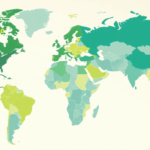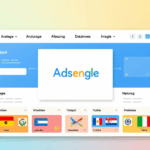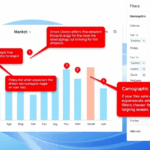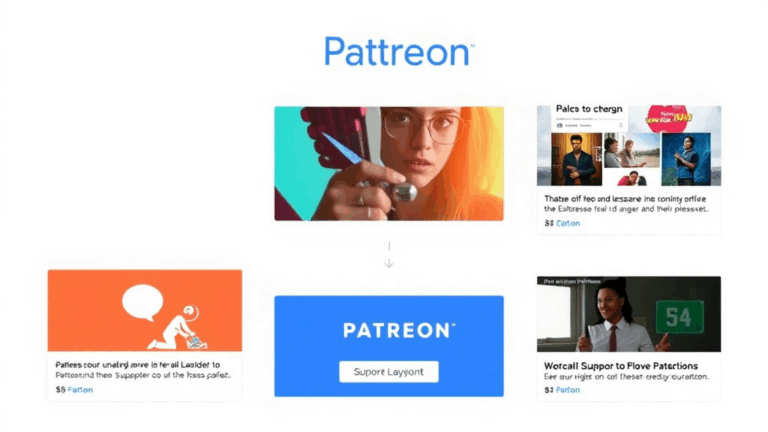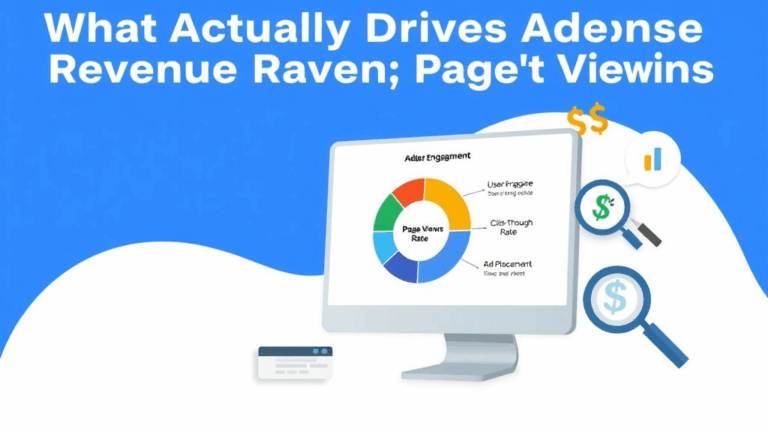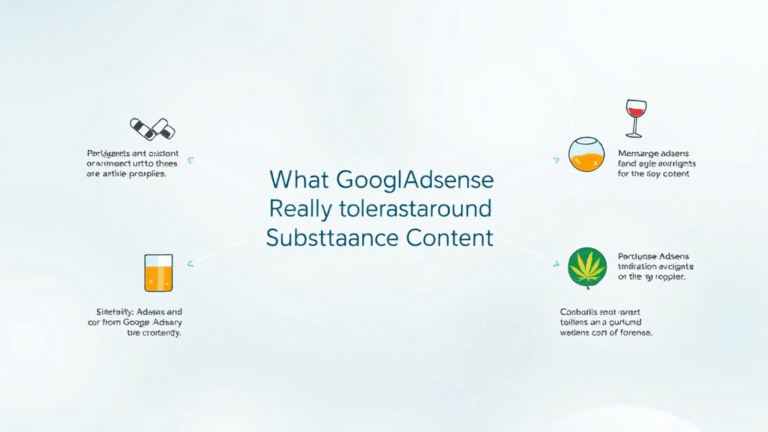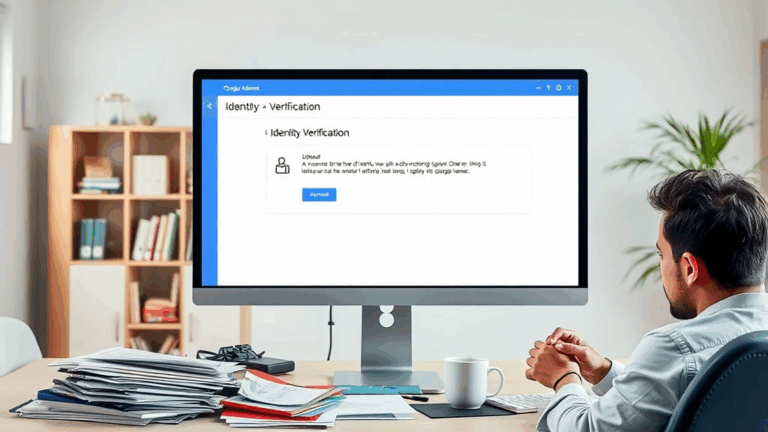AdSense GEO Targeting for High-Paying Countries That Actually Works
Using AdSense’s Country-Level Reports Without Losing Your Mind
First off, don’t rely on the default AdSense dashboard to tell you where your money is coming from. That Top Countries section? It’s a decent start, but it compresses data like it’s training for ZIP Olympics. You’ll catch maybe five decent countries and then a long drop-off. It also misses anomalies — like when Taiwan creeps into your top 3 out of nowhere and never returns. Been there. Refresh. Nothing. Ghosted.
Here’s what I actually use when trying to filter for high-value regions:
- Performance Reports → Custom → Add metric: CPC, CPM, and Page RPM
- Split by Country
- Time range: Go long — 60 to 90 days minimum
- Sort by Page RPM, not CPC (CPC can lie when it’s all clickbait fluff)
The trick is to dig into time. High-paying markets don’t always punch consistently (Canada might spike late evenings your time, UAE often surges weekends). And sometimes you’ll see a region like Denmark with absurd CPM because of one random advertiser running a medical niche campaign across display inventory—yes, I screenshotted it—it never came back.
Why “Traffic from High CPM Regions” Isn’t Enough
I used to think you could just throw some content into English, run a VPS targeting US/EU routing, and that would be enough. You get traffic from the ‘right’ GEO, right? Not anymore.
AdSense looks at more than just where your users appear to be coming from. Device locale and browser language headers seem to skew ad targeting. I once had 70% of traffic IP-mapped to the UK, but the Page RPM looked like something out of a cold audience funnel from rural India. Turns out 80% of those users had Hindi or Tamil as their primary browser language — so AdSense just served them low-tier inventory.
Now, here’s the petty bug: If a user VPNs to a US IP but their device locale is Persian and all their cookies scream Farsi, your page ad revenue gets dragged toward Iranian CPM even if the IP is San Diego. Didn’t find that in the docs. Found it in my logs. Again: browser locale matters. Not just IP.
Serving Region-Specific Content Without Duplicating Everything
Don’t over-complicate this. You don’t need to spin up separate content pipelines for every country. Localization is pricey and chasing it blindly can give you Frankenstein SEO. You just need surface-level tailoring.
Here’s a dumb hack that actually lifted revenue: I swapped a few headers on my homepage to emphasize city names based on GeoIP detection. “News and Resources for Singapore Developers” replaced “Resources for Global Developers.” RPM in Singapore jumped. No layout changes. Just words.
Use something like MaxMind’s GeoLite2 for detection — their free DB is fine for continent/region-level guessing. Don’t rely on JavaScript geo-libraries in browser; they’re slow and flaky across privacy modes. Serve content from the server side if possible, or at least pre-process it on load using Cloudflare Workers with country codes passed in headers.
Cloudflare Geolocation Headers Actually Work (Mostly)
This one’s weirdly under-used. If you route users through Cloudflare, they inject a nice little header:
CF-IPCountry: USThat header is rock-solid 90% of the time, and you can use it in Workers, page rules, or even lightweight server redirect logic. I once had a fallback showing Canadian deals on a US-targeted site, and just routing based on CF-IPCountry handled it with lower latency than my old Fastly logic ever did.
Two heads-ups though:
- Private window browsing sometimes drops this header unpredictably — Safari especially
- IPv6 traffic from mobile often misfires and gets misrouted (especially on T-Mobile USA — no clue why)
Still, if you want ad stub changes based on regional visitors (e.g. swap in higher-CPM video units for US, strip them for Asia), this header is the simplest lever to pull.
Language Settings in Chrome Are Ad Revenue Kryptonite
This is the one I only discovered during a support call where the AdSense rep casually said, “Oh, well it depends on Accept-Language too…” Which wasn’t documented anywhere remotely useful.
If Chrome users visit your site with Accept-Language: es-419, AdSense assumes they’re LATAM even if their IP’s deep in Texas or they’re behind a work VPN. That means your high-paying keywords in English get outbid. The fix isn’t fun, but it can be done:
- Force hreflang tags based on language + location — not either alone
- Use meta tags
content-languageand explicitly declare English even if the user is multi-lingual - If using SSR, serve canonical content with language hard-coded and no auto-detection fallback — disable browser self-selection
I flipped a React app’s language handler to stop guessing based on navigator.language, and CPM went back to acceptable levels on US desktop overnight. That one change, after chasing my tail for weeks.
Ad Format Strategy Changes Depending on GEO
Here’s where you’ve got to stop trusting what worked on your main U.S. blog and actually test ad engagement. Users scroll differently by region. Germans are banner-blind. Indonesians click autoplay video ads on paragraph breaks. Americans tolerate sticky banners but hate mid-content iframes. This is behavioral, not aesthetic.
Formats I’ve tested that bombed in Western markets, but crushed elsewhere:
- Anchor ads on mobile: perform disastrously in Canada, decent in Philippines
- Full-screen vignettes: high bounce in UK, but oddly strong CTR in UAE
- In-article video: performs best in South Asia, terrible everywhere else
It’s annoying, but yeah — tailor your ad layouts by regional profile clusters if you can. Not per-country unless you have scale. But definitely tiered clusters: North America vs Eastern Europe vs SEA.
Auto Ads Behave Differently Internationally (And Sometimes Self-Destruct)
I used to run Auto Ads as a fallback on my secondary markets. You know, set-and-forget for regions below the RPM cutoff. But I had one experience with a Pakistani tech subdomain where Auto Ads started injecting layouts so aggressively it was actually breaking my sticky footer. Fully knocked it into a floating mid-screen div on Android Chrome.
That layout bug was never documented. Not once. But only happened when AdSense served a vertical ad unit with page-level injection logic — which seems to vary by region. I turned off Auto Ads for that country, manually set 320×100 in selected divs, and the layout went back to normal.
So the takeaway there is: Auto Ads don’t just render differently based on your page — they sometimes load completely different JS bundles depending on the user’s GEO. You wouldn’t know unless you inspect the source live on a device in that region. Chrome Device Mode doesn’t cut it — I had to run a real VPN tunnel into Karachi to catch it.
The One Chrome Extension That Might Be Screwing With Your Revenue Testing
No joke: uBlock Origin in dev mode was blocking one of my own dummy ads during AdSense layout testing because I had a test class name that matched a pattern in EasyList. That test failed — not the code. I had a generic div class="ads-banner" which they classify as blockable. So my conclusion was that my lazyload function was broken. It wasn’t. Just overzealous privacy filters.
Extensions affect JS-based ad logic, layout positioning, and in some cases — what CTR you see in test mode. Always run clean Chrome sessions (Profile → Guest, or just use a clean Brave install) when testing revenue changes. This saved me roughly three hours of cursing at IntersectionObservers.



